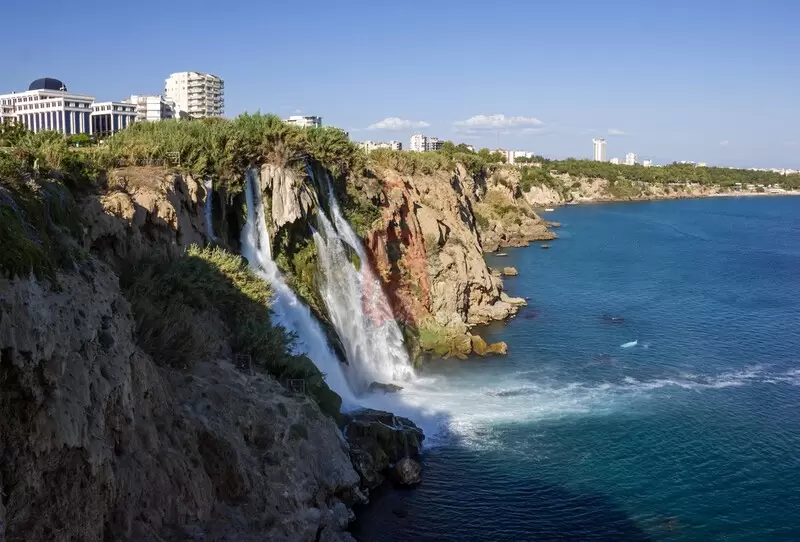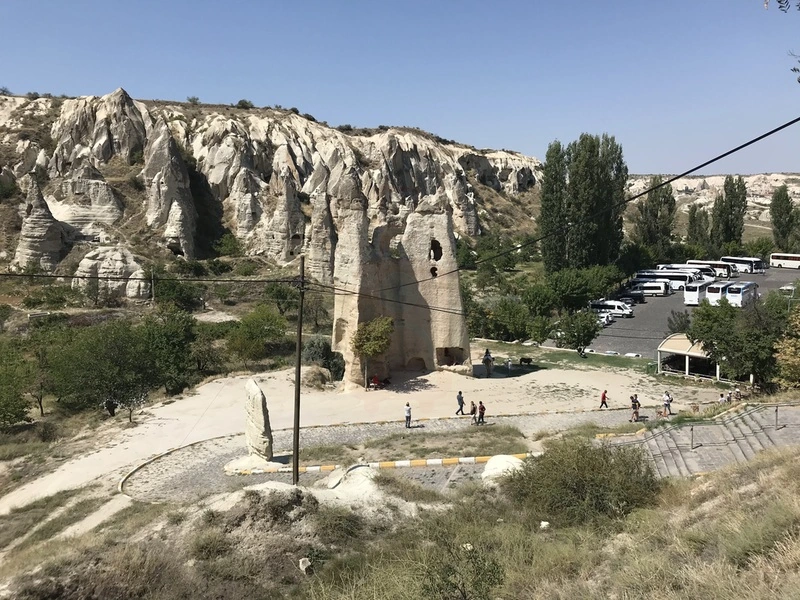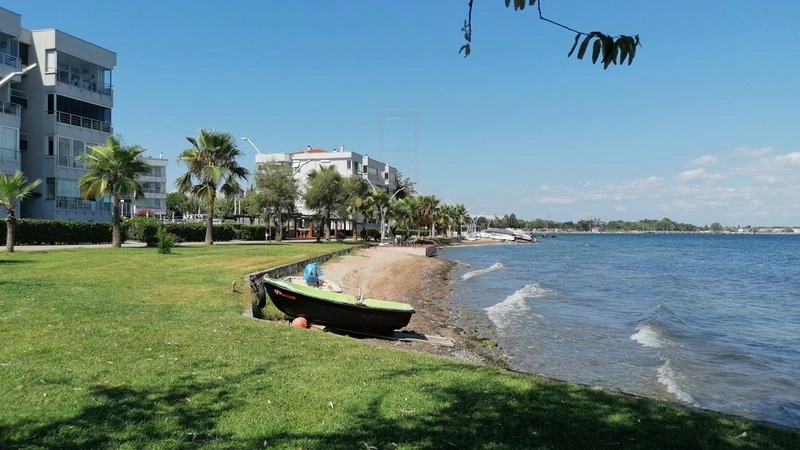Ionian Kingdom
The Ionian Kingdom, located along the western coast of Anatolia, emerged as a prominent cultural and economic center in the ancient world around the 11th century BCE. This region was home to several influential city-states, including Ephesus, Miletus, and Smyrna, known for their thriving trade networks and rich maritime activities. The Ionians made significant contributions to philosophy, science, and the arts, with notable figures like Thales and Anaximander originating from this area. The Kingdom's cities were marked by impressive architecture, including temples and theaters, reflecting their cultural sophistication. Despite periods of external domination, the Ionian Kingdom's legacy endures through its profound influence on Greek civilization and the broader Mediterranean world.
Kingdom of Aeolis
The Kingdom of Aeolis, located in western Anatolia, emerged around the 10th century BCE and was known for its rich cultural heritage and strategic coastal position along the Aegean Sea. This ancient kingdom comprised several city-states, including prominent centers like Smyrna, Phocaea, and Erythrae, which thrived on maritime trade and agriculture. The Aeolians were known for their contributions to literature, philosophy, and art, influenced by interactions with neighboring Greek and Persian cultures. The legacy of the Kingdom of Aeolis is evident in its archaeological sites, where well-preserved ruins and artifacts provide valuable insights into the daily life and governance of its people, showcasing a vibrant society that played a crucial role in ancient history.
Kingdom of Biga
The Kingdom of Biga, located in northwestern Anatolia, emerged around the 6th century BCE and played a significant role in the region's history. Known for its strategic position along trade routes, Biga facilitated cultural exchanges between various civilizations, including the Phrygians, Greeks, and Persians. The kingdom was characterized by its agricultural prosperity and rich natural resources, which attracted settlers and traders. Biga's archaeological sites reveal impressive remnants of its urban centers, including well-preserved temples and fortifications. The kingdom's decline began in the late classical period as it fell under the influence of larger empires, but its legacy endures through the historical and cultural contributions it made to Anatolia.
Lycian Kingdom
The Lycian Kingdom was an ancient civilization situated in the southwestern region of Anatolia, flourishing from the 5th century BCE until its incorporation into the Roman Empire. Known for its unique blend of cultures, the Lycians developed a distinct identity characterized by their own language, art, and architecture. They built impressive rock-cut tombs and monumental structures, such as the famous Lycian sarcophagi, reflecting their elaborate funerary practices. The kingdom was an important maritime power, engaging in trade and maintaining a network of alliances with neighboring regions. The Lycians were also known for their democratic governance, with a confederation of city-states that contributed to their political and cultural resilience.
Kingdom of Caria
The Kingdom of Caria was an ancient civilization located in southwestern Anatolia, flourishing from the 6th century BCE until its incorporation into the Roman Empire. Known for its rich cultural heritage, Caria was home to notable cities like Halicarnassus, the site of the famous Mausoleum, one of the Seven Wonders of the Ancient World. The Carians were known for their skilled seafaring and trade, contributing to the economy of the region. They developed a unique blend of Greek and local influences, evident in their art and architecture. The kingdom was ruled by a series of satraps under Persian control before gaining autonomy and playing a significant role in the Hellenistic period, particularly during the conquests of Alexander the Great.
Lydian Kingdom
The Lydian Kingdom was an ancient civilization located in western Anatolia, flourishing from the 7th to the 6th centuries BCE. Renowned for its wealth and pioneering coinage, Lydia's capital, Sardis, became a major cultural and commercial center. The Lydians are credited with introducing the first standardized coins, which revolutionized trade and commerce in the region. Under King Croesus, Lydia reached its peak, becoming synonymous with wealth and prosperity. The kingdom's strategic location allowed for cultural exchanges with neighboring regions, including Greek city-states. Lydia eventually fell to the Persian Empire in 546 BCE, but its legacy of innovation, particularly in coinage, left a lasting impact on economic systems throughout history.
Kingdom of Mysia
The Kingdom of Mysia was an ancient realm located in northwestern Anatolia, known for its strategic position between the Aegean Sea and the interior of the region. Flourishing from the 7th century BCE, Mysia was characterized by its rich agricultural land and significant trade routes. Major cities included Pergamon, famous for its impressive acropolis and cultural achievements, and Assos, known for its philosophical schools. The kingdom experienced various influences, including Greek and Persian, and played a role in the early spread of Hellenistic culture. Mysia was also connected to early Christian history, notably through the travels of the apostle Paul. Today, its archaeological sites offer insights into its vibrant past and cultural legacy.
Kingdom of Pamphylia
The Kingdom of Pamphylia, located along the southwestern coast of Anatolia, thrived from the 4th century BCE until its incorporation into the Roman Empire. Known for its fertile plains and strategic ports, Pamphylia was a vital hub for trade and cultural exchange between East and West. Major cities included Perge, Aspendos, and Side, each renowned for their impressive Hellenistic architecture, theaters, and temples. The region's diverse population contributed to a rich cultural tapestry, blending Greek, Roman, and local traditions. Pamphylia also played a significant role in early Christianity, with several important sites linked to the apostle Paul. Today, its archaeological remains attract visitors, showcasing the kingdom's historical significance.









